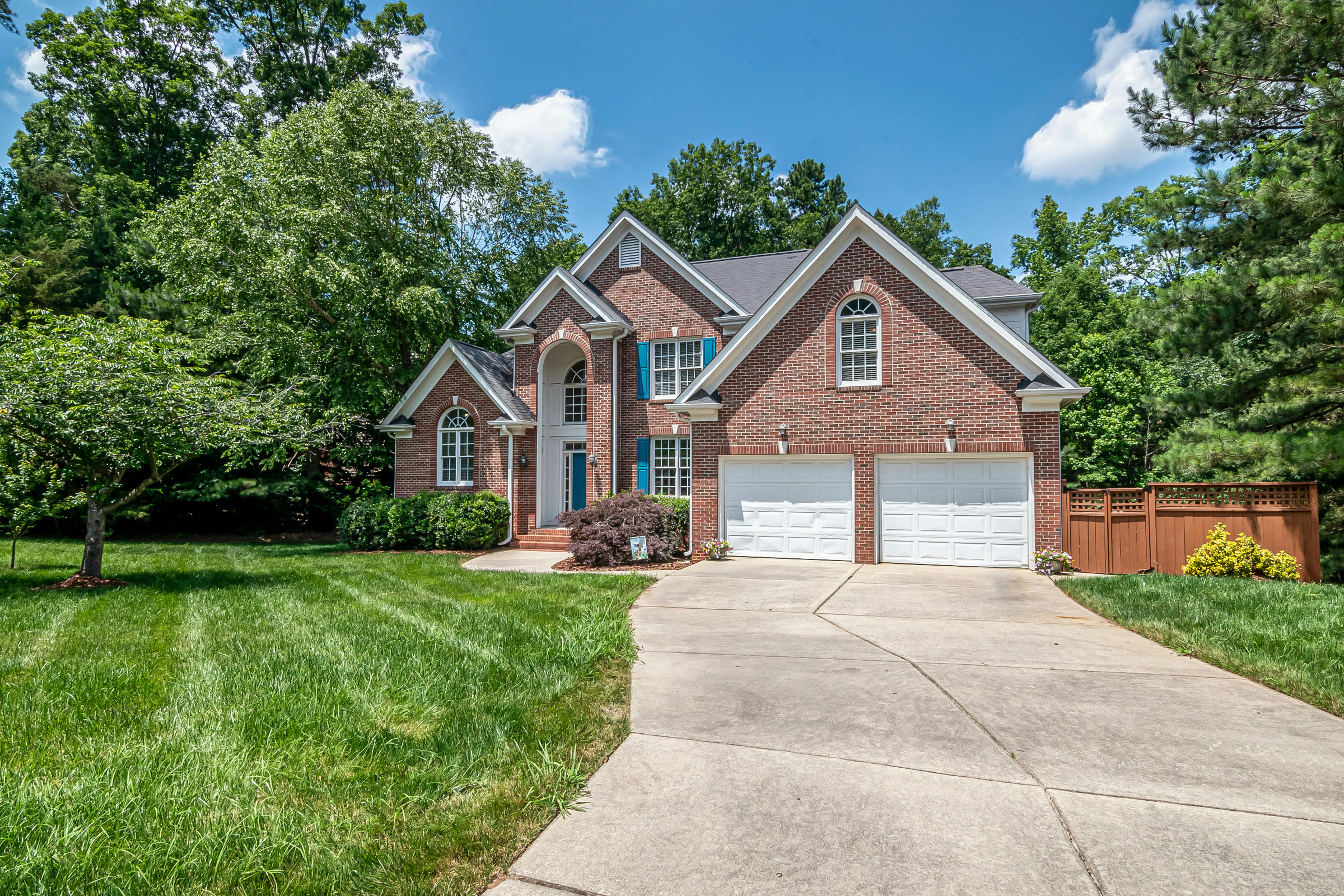No one can predict accurate weather patterns and especially the intensity of rainfall. The result is that as Climate Change bites and the seasons merge, a large percentage of UK homeowners, domestic and commercial, will potentially be at risk in multiple ways.
Some require flood insurance under strict terms of contract, lease, or occupational license. Others who have been flooded before will need ongoing insurance both for peace of mind and to ensure that the value of their castle does not decrease. Those of us who are simply cautious will need to understand what has happened, what could happen, and decide what stance they will take next when they start thinking about their next home investment.
Home values could easily fall if an effective and credible solution is not quickly negotiated. If the solution is vague on the details and fails to allay buyers’ suspicions, asking prices will fall and many people’s physical investment will be in tatters. The value will go down the drain, not just rainwater.
So we come full circle and need to start helping ourselves and not relying on good luck and sometimes generic risk analysis reports. Such help begins with the use of our own eyes, but it must become a bit more sophisticated compared to now.
The government has yet to publish the details of the post-June 2013 response to the current serious dilemma of flooding, but it seems that they are proposing something like this — Creation of an insurance POOL to pay claims amounts above a higher level agreed; this can only apply to domestic dwellings and can be funded by a levy on all insurance premiums; any claim on the amount of the common reserve would be covered by the Government.
Self-help would start with potential buyers thinking twice before deciding which houses to consider buying. Frankly, it is unacceptable for developers to continue to build new homes in known floodplain areas unless substantive flood defense work is scheduled to be completed very soon (by June 2013).
Second, surveyors and appraisers, those who advise home buyers, must distinguish between flood and floodplain risks, on the one hand, fairly well documented and usually tabulated in local environmental risk analysis reports completed in each means of transport, and a visual risk assessment on the other side.
The latter would further define whether exceptionally high rainfall could cause a risk of flash flooding. Questions such as (1) is the road system at a higher level than the land of the house? (2) Is rainwater removed from the area or stored locally or in soak pits? (3) Can storm drains be seen around the property/district? (4) Is the subject at home in a pothole or low spot in the ground? (5) Is the house in question designed/constructed in such a way that the risk of flash flooding is reduced or not? etc…
The surveying and appraisal industry must work together to establish a clear set of common sense visual appraisal issues that need careful interpretation by the surveyor OR appraisers will simply assume the worst and write down the value of the home as adequate loan collateral. This would be catastrophic for sellers who could see the value of their investments fall or become virtually unsaleable.
I am personally designing my own self-defense policies and protocols to use on behalf of my own clients, but my industry regulator, the Royal Institution of Chartered Surveyors and the insurance industry in general will either help me or not. Keep an eye on this space but above all HELP YOURSELF by thinking about the floods and not just about the pretty wallpaper and the cracked walls.

